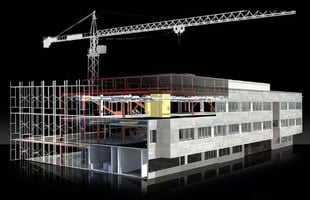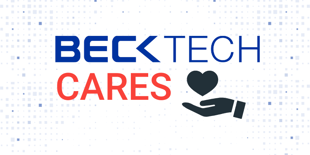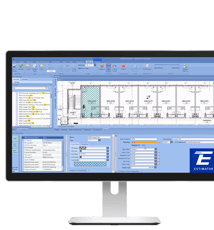Working Backward From a Budget With Target Value Design
This article was written by Julie Huval, Director of Marketing and Communications at Beck Technology, and published in the January-February 2017 issue of Construction Executive Magazine.
It’s rare to encounter a project in which the budget doesn’t weigh heavily on design decisions. But when construction firms help owners get the absolute most out of every dollar of their investment, they can not only win the work, but also earn a client for life.
Rather than letting design drive the budget, which often results in the need to “value engineer” later in the process, target value design is an approach in which the budget drives design decisions, occurring very early in preconstruction. The concept allows the entire preconstruction team to begin with a validated, estimated cost in mind and then work backward from that amount to maximize the owner’s budget.
Preconstruction software that combines 3-D modeling with costs tied to each design element provides an easy way for estimators to evaluate the cost impact of various design and material options, helping owners make realistic choices that deliver the most bang for the buck.
INFORMED DESIGN DECISIONS IN REAL TIME
At Philadelphia, Miss.-based Yates Construction, estimators frequently use preconstruction software in the early stages of concept development, showing owners what’s possible within their established budget.
“We can get the architect, construction manager and owner in the same room for a roundtable session, shoot a bunch of ideas out and make changes to the design really quickly,” says Yates Estimator Stanley Wielgosz. “If the owner says, ‘What if we push this part of the building in or add this many rooms? How will it look and what is the cost?’ We can show the impact during the meeting.”
For example, on a recently awarded school project, Yates brought schematic drawings into the software to create a 3-D model and then applied costs to the elements from the firm’s growing cost database.
“We presented the model in front of the district superintendent and CPA,” Wielgosz says. “They were very impressed with how it looked and that the building was able to have costs loaded already. If they needed to make changes, we could give them pricing quickly based on the design at this early stage. We sold them with the immediacy and transparency.”
In a later presentation to the school board, the Yates team made changes to the model on the fly, trying out various options to demonstrate how the district might stretch its construction dollars. For example, estimators could visually demonstrate how the district could save $5 per square foot by choosing a different ceiling material for classrooms.
CROSS-FUNCTIONAL COLLABORATION
At Dallas-based The Beck Group, preconstruction estimating software is a useful tool to align budget, intent and design to keep projects on track.
Likening the target value design process to setting sail, Jeff Ratcliff, The Beck Group’s director of preconstruction, notes that the preconstruction, architecture and design teams must launch from the same spot at the same time, keep communication flowing and work together to reach the same destination.
One key is for everyone involved to focus on delivering value to the owner, Ratcliff says. Software helps achieve this by enabling the preconstruction and design teams to explore options together and to communicate those choices to owners so they can make informed decisions.
“We can sit in front of the client and communicate what the building costs, granularly,” Ratcliff says. “I can grow and mask that building out, and I can visually show design options and quickly make adjustments. Then, the owner can communicate where he wants to spend his dollars.”
Because the software contains historical cost data, including design packages for various types of rooms, the preconstruction team can quickly create a model based on various assumptions and supply a model-based room schedule to the design team. Cost data are broken down into bid tabs, with smaller budget targets for various elements, such as roofing, exterior, interiors or sitework. Each element is assigned a cluster team that makes decisions about how to meet budget targets.
“We let the architects focus on the creativity, and we can easily price that creativity,” Ratcliff says.
The cross-functional team continuously tracks progress against the original budget, updating data along the way to understand the cost impact of each modification. Using this successful approach, The Beck Group’s four users have run more than $1 billion in work through the software in six months.














